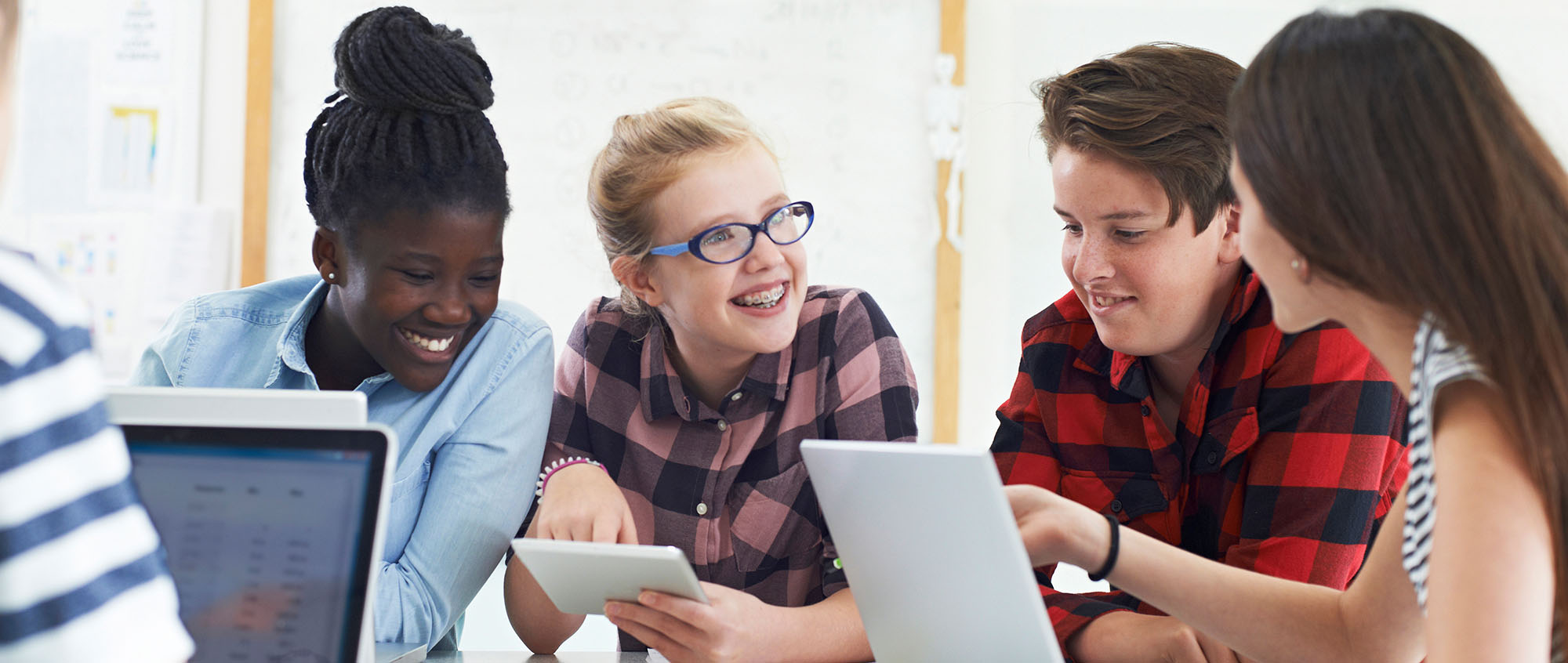Q3 Safeguarding Your Devices: Tech Support Scams
Tech Support Scams
At the beginning of this Quest, you played the Intro video, Safeguarding Your Devices, and learned three basic tips for preventing common problems. These tips address malware, antivirus software, and rebooting your computer.
An additional and important tip concerns tech support scams. These can happen to anyone. A pop-up on a webpage, screen, or smartphone might indicate something is wrong with your device.
Step 1. Learn about the tips shared in the How to Avoid a Tech Support Scam YouTube (3:06) video.
Step 2. Refer to the article, What You Should Know About Tech Support Scams, to learn:
- How to spot tech support scams in three scenarios.
- How to avoid tech support scams.
- What do you do if you have been scammed?
How to Avoid a Tech Support Scam
Direct link (3:06 min.)
Step 3. Malware is software designed to harm computer devices and systems. Copy or download the 8.Q3 Malware Activity Document to complete as you play the video below.
Malware - Computer Skills for Kids and Teens
Direct Link (9:21 min.)
Step 4. Tips About Cleaning Your Computing Devices Properly
Questions:
- Is soap and water all right to use?
- Can I spray a product directly on them?
- What about ammonia, chlorox, and hydrogen peroxide? Are they safe?
- Should I use an alcohol wipe?
- Should I use a damp paper towel on my phone or tablet screen?
- What about headphones? How should I clean them?
Step 5. Visit 10 Must-Know Tips for Cleaning Every Electronic Device the Right Way to learn how to clean your device correctly.
Step 6. Work with a partner and create a Best Tips Poster for safeguarding and cleaning your computing devices. Use a favorite application (check with your teacher as needed) to share and turn in.
Competencies & Standards
MITECS Michigan Integrated Technology Competencies for Students, and
1. Empowered Learner
a. Articulate and set personal learning goals, developing strategies leveraging technology to achieve them, and reflect on the learning process itself to improve learning outcomes
c. Use technology to seek feedback that informs and improves their practice and to demonstrate their learning in a variety of ways
d. Understand the fundamental concepts of technology operations, demonstrate the ability to choose, use and troubleshoot current technologies, are able to transfer their knowledge to explore emerging technologies
3. Knowledge Constructor
d. Build knowledge by actively exploring real-world issues and problems, developing ideas and theories and pursuing answers and solutions
5. Computational Thinker
c. Break problems into component parts, extract key information, and develop descriptive models to understand complex systems or facilitate problem-solving
d. Understand how automation works and use algorithmic thinking to develop a sequence of steps to create and test automated solutions
Websites and Applications
Websites
- 10 Must-Know Tips for Cleaning Every Electronic Device the Right Way
- Cybersecurity Lab Game from NOVA Labs
- Free Antivirus Protection for 2023 from PC Magazine
- MacWorld Best AntiVirus for the Mac
- What You Should Know about Tech Support Scams Article
Videos from Outside Sources
- How to Avoid a Tech Support Scam - Federal Treade Commission YouTube (3:06)
- Malware - Computer Skills for Kids and Teens YouTube (9:21)
21t4s Videos
21t4s Documents & Quizzes




